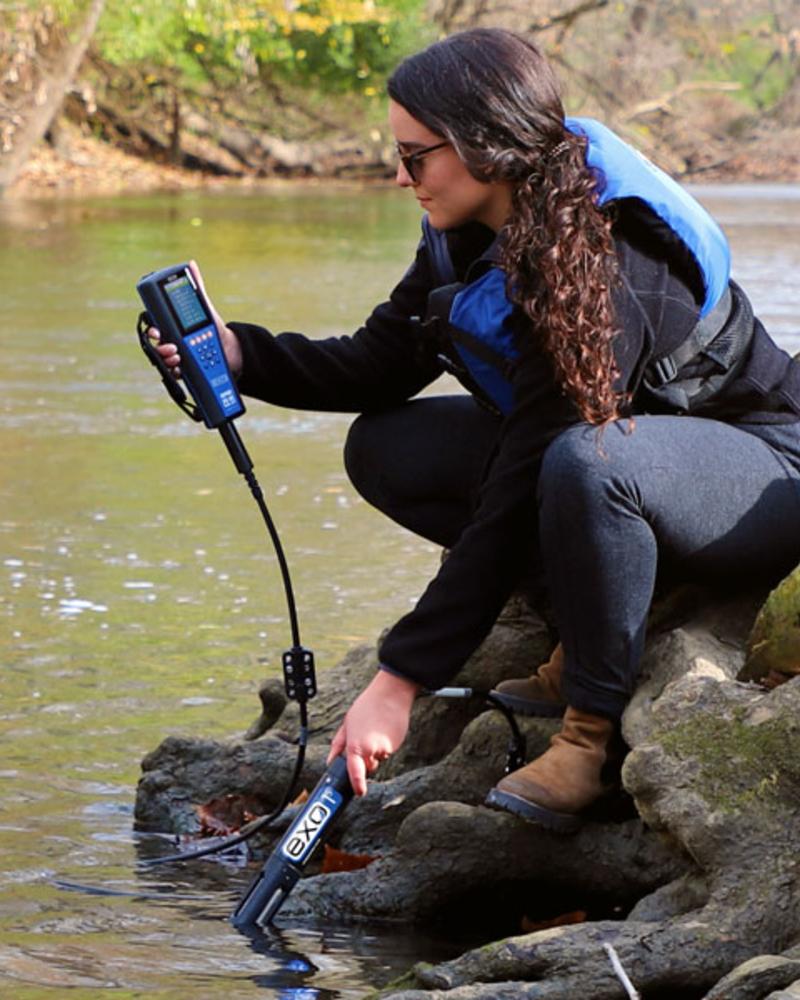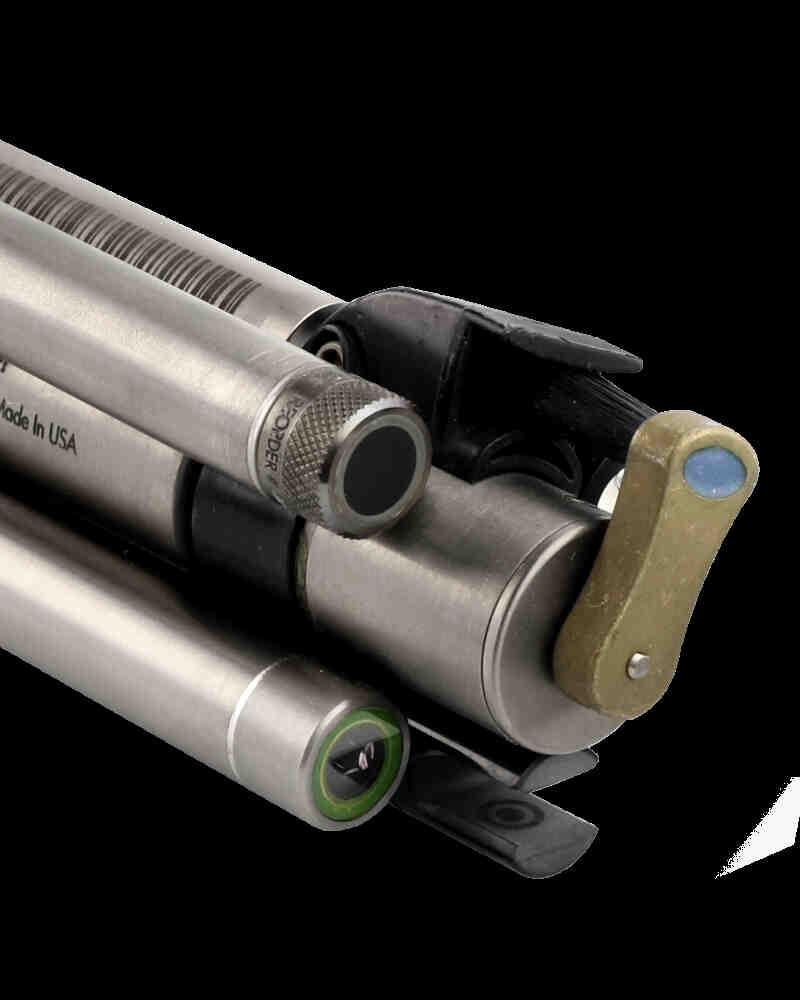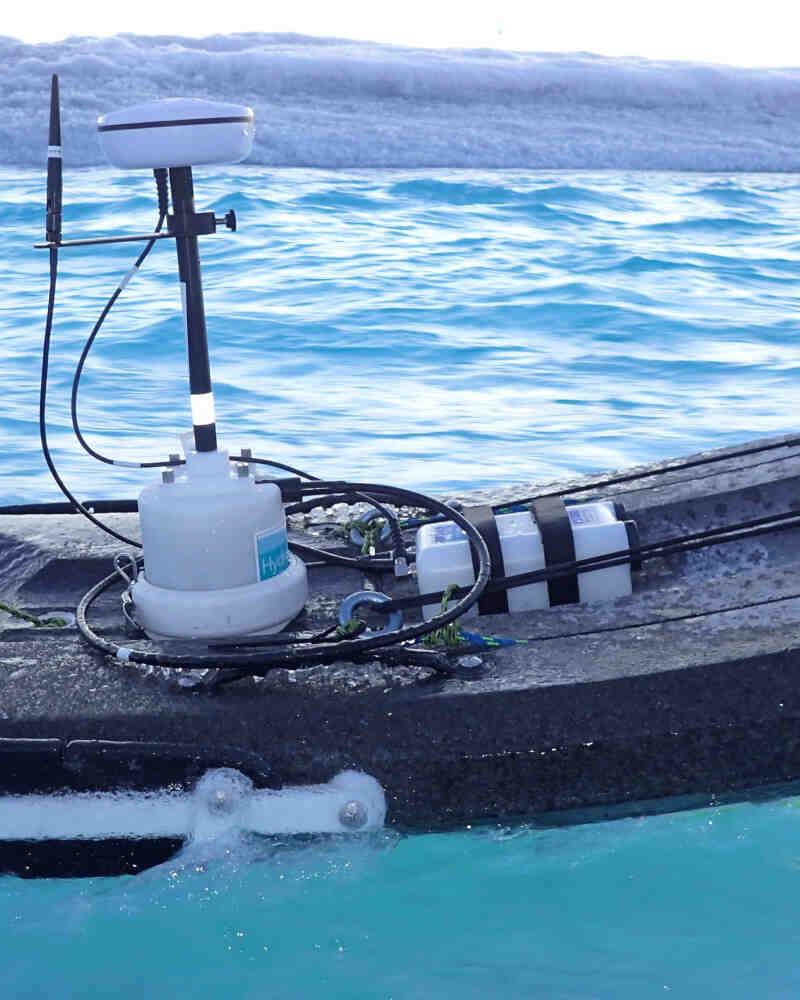FAQ - frequently asked questions
Mass development of cyanobacteria can severely reduce water quality and significantly restrict water use. They produce a large number of secondary metabolites which act as allelochemicals, antibiotics, hormones and toxins and can damage e.g. fish and zooplankton. Some of the toxins are among the most potent natural toxins and can also be dangerous to human health. For example, bathers can develop allergic skin reactions and inflammation. Swallowing water containing cyanobacteria can also cause stomach and intestinal infections.
Source:
https://de.wikipedia.org/wiki/Cyanobakterien#Gew%C3%A4sserbelastung
Nowadays the turbidity of a liquid is still determined optically, but is measured by means of electronic evaluation. The wavelength of the measuring light is usually in the infrared range at 860 nm (according to ISO 7027). As a rule, a distinction is made between two measuring methods: The attenuation of the transmitted light radiation (transmitted light), best suited for the detection of larger turbidity levels. The sideways scattering of light radiation (scattered light), best suited for the detection of small turbidities.
Source:
https://de.wikipedia.org/wiki/Tr%C3%BCbung#Messverfahren
You send us your defective device and we take care of everything else. If a replacement is necessary, we can send a replacement unit in individual cases after checking it (subject to availability). Repairs are carried out by us or by the manufacturer. We try to carry out as many repairs as possible in-house to keep repair times as short as possible.










































